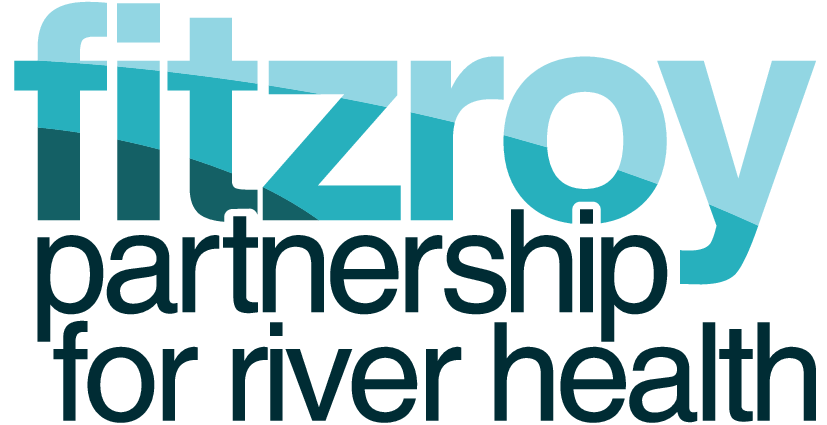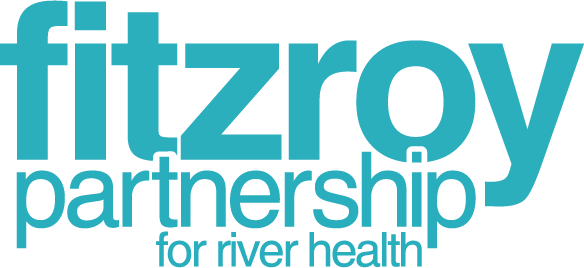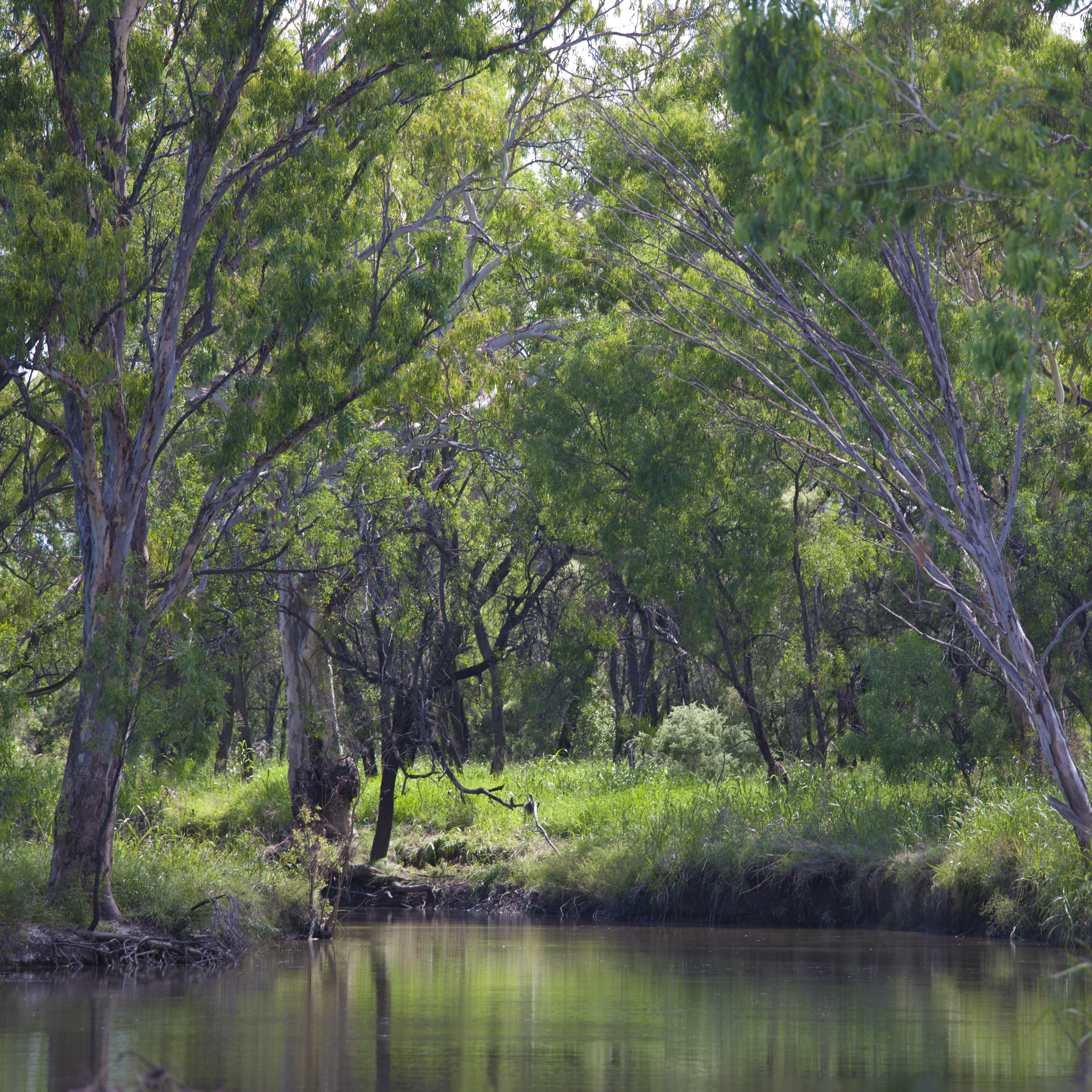The Fitzroy Partnership’s independent Science Panel have guided and endorsed the methodology for interpreting the data collected that drives our annual ecosystem health report card. Skilled staff and researchers from CQUniversity and Eberhard Consulting have supported this process. These methodologies have enabled us to award grades for waterway health and are detailed in the program design and supporting reports.
Supporting Documents
What indicators are included in reporting?
Each reporting area has been scored using up to four categories: Physical/Chemical, Nutrients, Toxicants and Ecology. These categories include indicators for EC, pH, sulfate and turbidity (Physical-Chemical), nitrogen and phosphorus (Nutrients), macroinvertebrates (Ecology) and metals (Toxicants).
[indicator_list]
Indicator descriptions have been adapted after the Queensland Communnity Waterway Monitoring Manual (2007) and the South East Queensland Ecosystem Health Monitoring Program.
Links and synergies with other waterway health initiatives
Our reporting has linkages with and also draws upon several other waterway health initiatives. Established integrated waterway health monitoring and reporting initiatives such as the South East Queensland Healthy Waterways Partnership and Reef Water Quality Protection Plan Report Card have proven successful providing participating partners with access to larger pools of data and better information to guide management and policy decisions.
Given that the Fitzroy Basin it is a large system with a great diversity of organisational interest the story for the Fitzroy is different and has required its own unique approach. With this in mind the Fitzroy Partnership for River Health has endeavoured to draw from successes of existing programs to implement an innovative approach tailored to our unique set of needs and opportunities with the vision of delivering a world-class integrated waterway health monitoring and reporting program.
Our Program Design contains a section outlining the future directions and broad priorities for the Partnership.





